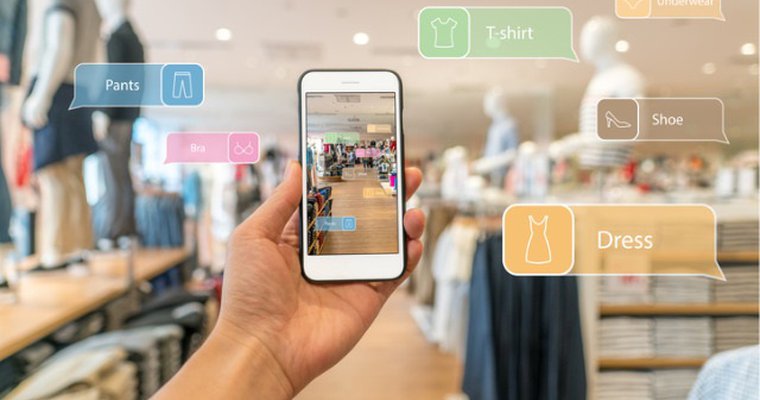There is no doubt that technological advances are changing the way people shop. It has been going on for decades now and the pace at which technology is changing how consumers buy is, if anything, gathering pace.
Anyone that is serious about growing their business needs to be aware of what is going on in their marketplace. Understanding which technologies are having an impact is the first step to being able to adjust how you sell to take advantage of that technology. Or, if necessary, to circumvent it.
Technology that nudges consumers in a certain direction
Top of the list is recommendation engines – they are everywhere you look online. All of the big retailers use them. Perhaps the most obvious example is Amazon’s “Customers who bought this item also bought..” prompt. It is a highly effective way to encourage people to think about what else they might need, to get more out of the item that they have just bought. For example, to buy polish and shoe trees for their smart, new leather footwear. Retailers could potentially take advantage of that recommendation engine, by stocking those “also bought” products themselves. Recommendation engines tell the consumers that they need to keep on buying, even if it is something they hadn’t considered they wanted.
Eye-catching displays that show promotions using digital signage have become a huge factor in drawing customers to certain aisles and products.
The expectations of consumers have risen
Customers expect to be able to go online and answer all of the questions they have about your product or service. If you do not anticipate and answer those questions, then the chances are they will look at and buy from a competitor instead. They want to be sure about what they are buying. Retailers need to be very slick with their marketing and provide customers with the information they need. If they use affiliates they have to produce and distribute effective and comprehensive marketing materials to them.
People respond positively when you provide human contact
Interestingly all of this technology and the ability to buy remotely, has led to consumers appreciating the human touch more. Customers want to be able to click on a chatbox and ask a question about the product or service they are looking at buying, to then receive a live response from another person about any queries. For example, if they are struggling to work out which washing machine part they need to buy and they can speak to someone who can guide them on the matter, that is very reassuring.
People still want one on one service. But, you have to be careful about how you provide it. You do not want to be distracting your customers during the buying process. Or badgering them to do things like fill out surveys, or worse, provide a chat facility that is not staffed. There is nothing more frustrating than keying in a complex question and hitting send only to be asked for your email address. Most customers click away and go elsewhere. You have to provide the human touch in the right way. This article explains how to get the balance right.
Those retailers and service providers who are aware of emerging technologies and how they affect the way they sell are the ones that find it easiest to maintain their market share. If you are not yet tracking what is happening with retail technology now is the time to start doing so.


Leave a Reply